Physical Address
304 North Cardinal St.
Dorchester Center, MA 02124
Physical Address
304 North Cardinal St.
Dorchester Center, MA 02124
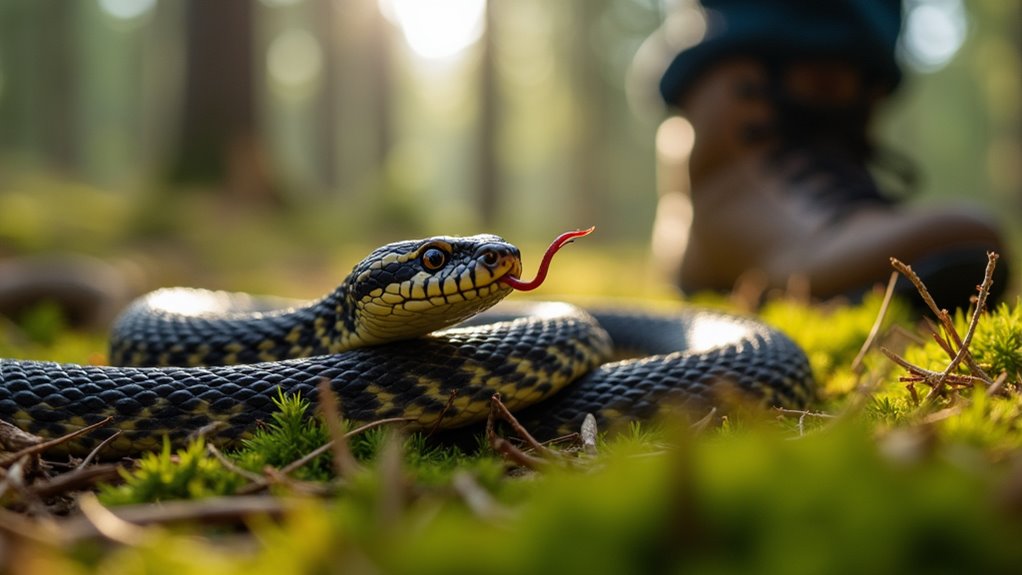
Discover Sweden's seven deadliest creatures lurking in its pristine wilderness – their beauty masks potential dangers every traveler should know.
Sweden’s most dangerous animals include brown bears, capable of reaching 250kg and running 50km/h; moose, causing thousands of vehicle collisions annually; wild boars, whose population has surged to 300,000; venomous European vipers; wolves, primarily avoiding humans; disease-carrying ticks; and wolverines, fierce but elusive predators. While rare, encounters with these animals can be risky if you’re unprepared. Understanding their behaviors and habitats will help you safely enjoy Sweden’s wilderness.
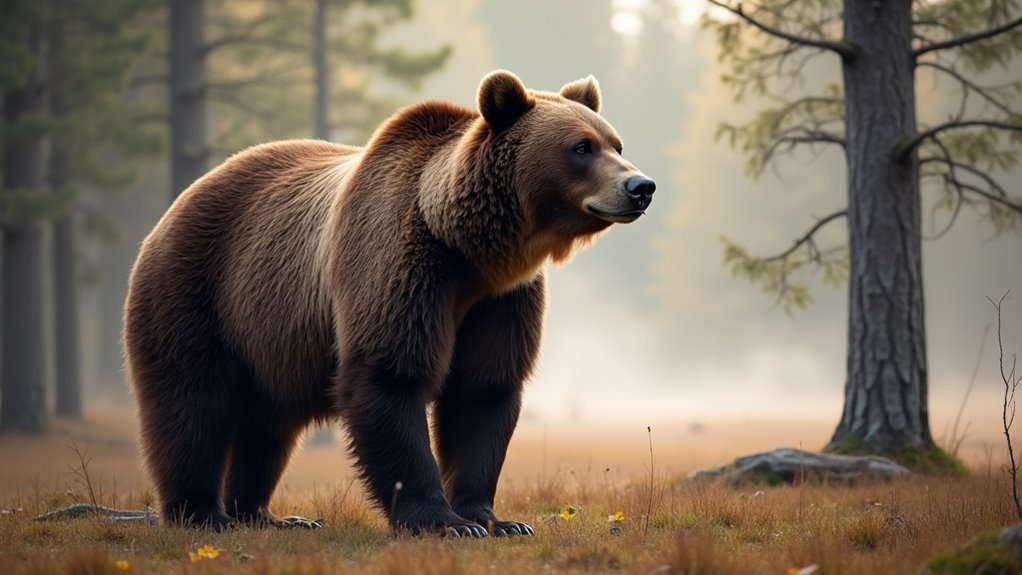
When venturing into Sweden’s vast boreal forests, you might encounter the country’s most formidable predator: the brown bear. With a population of about 700 individuals concentrated mainly in northern and central Sweden, these powerful mammals can weigh up to 250 kg for males, with females typically smaller at 60-100 kg.
Though attacks are extremely rare, you should take precautions when hiking in bear territory. The greatest risks come from surprising a mother with cubs or approaching a feeding site. These solitary animals are known for their impressive speed and agility, capable of running up to 50 km/h despite their size.
Bear encounters are rare, but always yield to mothers with cubs and avoid feeding areas.
Brown bears are primarily omnivorous, feasting on berries, plants, and insects, only occasionally hunting larger prey like elk calves.
If you’re exploring Sweden’s wilderness, carry bear spray, make noise while hiking, and properly store food to minimize any potential conflict. Unlike the clear visibility you’d experience while snorkeling in Dubrovnik, spotting bears in dense Swedish forests requires vigilance and awareness of your surroundings.
Wild boars have emerged as one of Sweden’s most concerning wildlife threats, despite their near extinction in the 18th century. Their population has exploded from fewer than 100 in the 1980s to approximately 300,000 today, creating significant human-wildlife conflicts. Their high reproductive capacity allows them to become sexually mature at just 10 months of age, contributing to their rapid population growth.
If you encounter a wild boar in Sweden, be aware of these dangers:
Their destructive rooting behavior damages ecosystems and agricultural lands, while limited natural predators contribute to their unchecked growth.
When hiking in forested areas, maintain distance and retreat slowly if you spot these unpredictable forest dwellers. If planning an excursion near Oslo, be aware that wild boars may also be encountered in nearby mountains where their populations have spread.
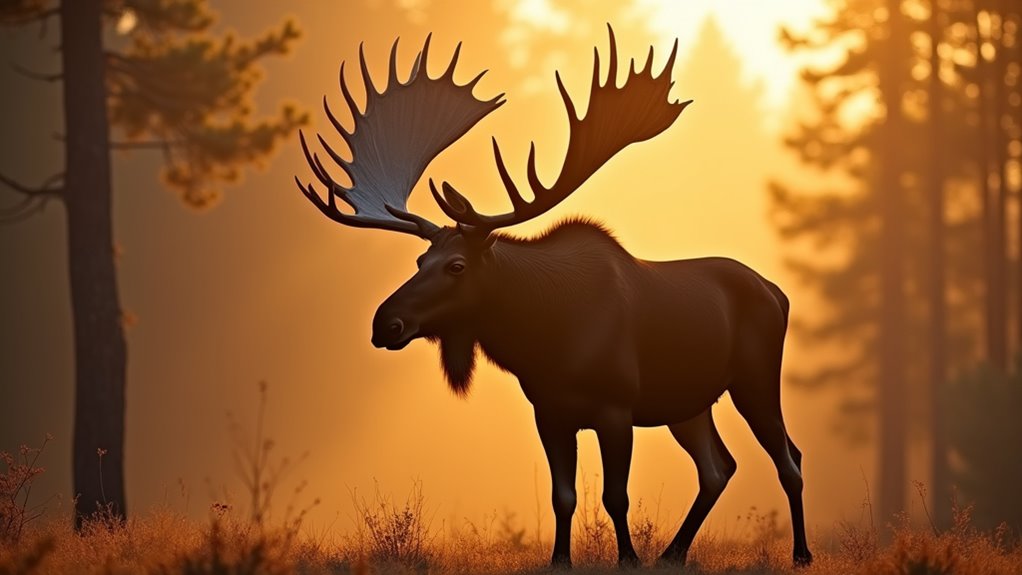
Sweden’s iconic moose presents a paradoxical threat that overshadows even the wild boar regarding human safety risk. Despite their typically docile nature, these massive creatures cause 4,500-5,000 vehicle collisions annually, making them Sweden’s leading wildlife traffic hazard.
You’re particularly at risk during rutting season (September-October) when bulls become aggressive, and spring when females protect their young. These enormous animals can reach 170-210 cm at shoulder height, making them particularly dangerous in collision scenarios.
The danger in collisions lies in the moose’s height—their heavy bodies often crash through windshields or crush vehicle roofs, with 70% of fatalities involving roof tears.
If driving in moose-rich areas like Bergslagen or central Sweden, reduce your speed at night and stay alert.
With the world’s highest moose density per square kilometer, Sweden’s roads require extra vigilance, especially where forest meets pavement.
The common European viper (Vipera berus) functions as the sole venomous snake species in Sweden’s wilderness, though its bite rarely proves fatal to humans. You’ll find these adaptable reptiles throughout the country, even beyond the Arctic Circle, inhabiting moors, meadows, and heathlands.
When encountered, you can identify them by:
While not naturally aggressive, these vipers will strike if cornered. They’re primarily active during daylight hours but may hunt during warm evenings, particularly in southern regions. Many travelers consider Sweden a must-visit destination despite the presence of these reptiles. Sweden reports approximately 1,300 bites annually from these vipers, with only a small percentage requiring hospital treatment.
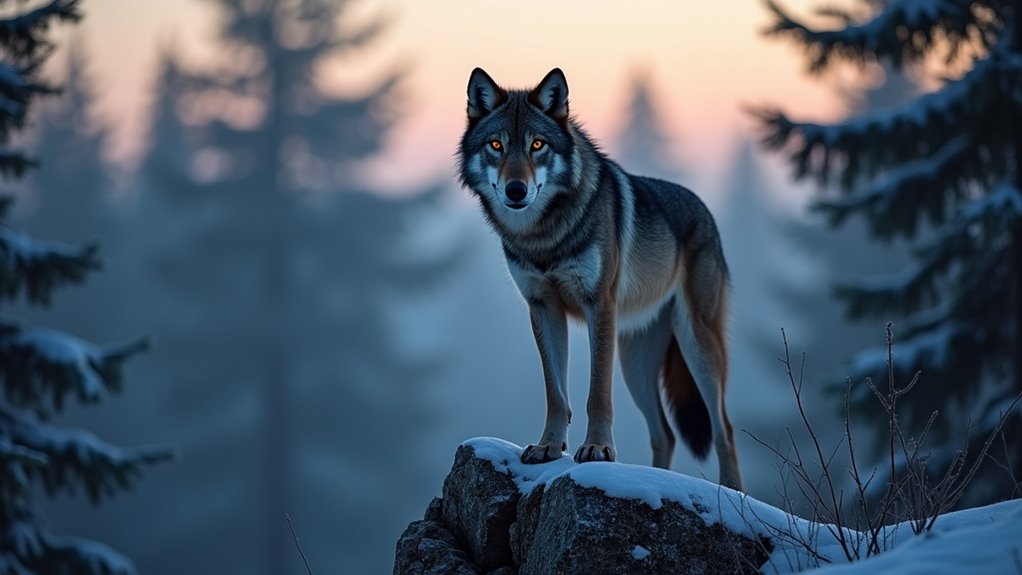
Despite their fearsome reputation, wolves in Sweden represent one of the most misunderstood predators in Scandinavia’s wilderness, with a relatively small population of approximately 430 individuals shared with neighboring Norway.
Sweden’s wolves are misunderstood predators with a modest population of just 430 animals spread across the Scandinavian wilderness.
You’re extremely unlikely to encounter wolves during your Swedish travels, as they primarily inhabit commercial forests away from populated areas. These wolves descended from Russian-Finnish migrants in the 1980s when the population was reestablished.
While they serve a vital ecological role by regulating deer populations and preventing overgrazing, wolves remain Sweden’s most conflict-prone carnivore due to deep-rooted cultural perceptions rather than actual danger to humans.
The debate around wolf management reflects a stark urban-rural divide in attitudes.
Unlike in Norway where there are several deadly animals to be concerned about, wolf attacks on humans in Sweden are exceedingly rare.
If you’re exploring central or northern Sweden’s forests, remember that wolves naturally avoid human contact—these apex predators are far more afraid of you than you should be of them.
Lurking in Sweden’s forests and grasslands, ticks represent a far greater health threat than the country’s large predators, with these tiny arachnids transmitting potentially life-threatening diseases like tick-borne encephalitis (TBE) and Lyme disease.
The risk is rising, with TBE cases jumping dramatically to 597 in 2024 alone. When you’re exploring Sweden’s outdoors, especially in central and eastern regions, be aware that:
Epidemiological data shows significant regional variations in TBE incidence rates across Sweden’s NUTS3 regions from 2000-2010.
Protect yourself with permethrin-treated clothing and thorough body checks after outdoor activities.
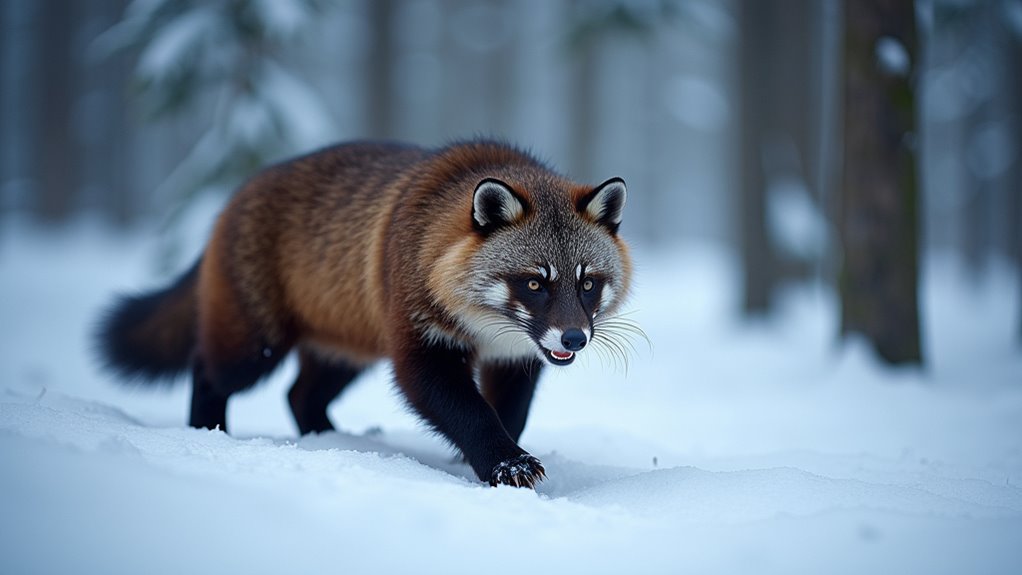
While rarely encountered by humans, Sweden’s wolverines represent one of the country’s most formidable predators. These powerful mustelids traditionally inhabit northern mountain regions but are now spreading southward into forested areas.
With a population of roughly 650-740 individuals, wolverines are classified as Vulnerable on the Swedish Red List and strictly protected under EU law. Despite their fearsome reputation, they’re primarily scavengers rather than active hunters, relying heavily on reindeer and elk hunting remains. After a long day of tracking, wolverines might head back to their territory far from the Swedish food culture that humans enjoy in populated areas. Historical records show that Sweden had high densities of wolverines in central and northern mountainous regions during the early 20th century.
Conflicts arise mainly with reindeer herding communities in the north, leading to controlled quota hunting in some areas.
If you’re venturing into Sweden’s wilderness, you’re unlikely to spot these elusive creatures—they’re solitary, nocturnal, and generally avoid human contact.
While Sweden’s wilderness is generally safe, the animals on this list deserve your respect and caution. Remember the 2019 case when a hiker surprised a bear with cubs near Jämtland and suffered serious injuries. You’ll likely never encounter such dangers if you stay aware, keep your distance, and make noise on trails. Swedish nature is best enjoyed with knowledge of its few but significant hazards.